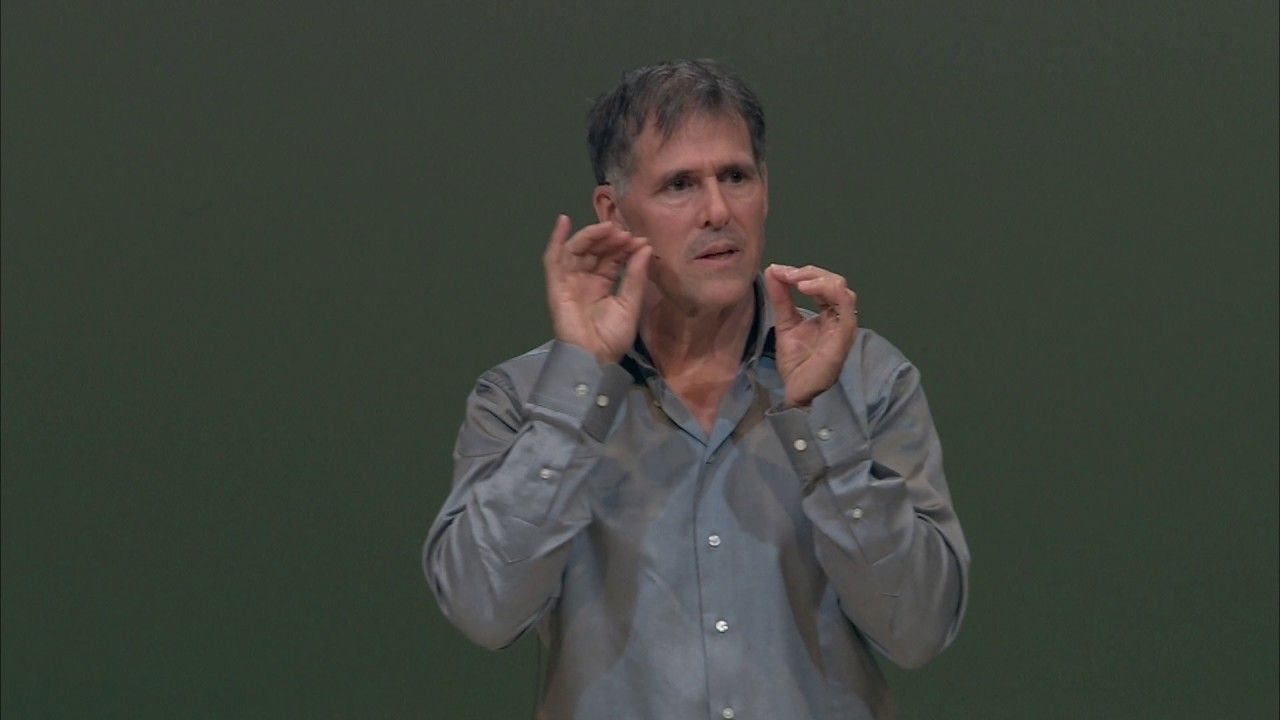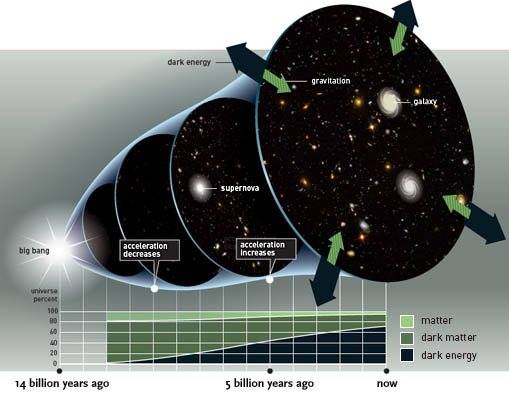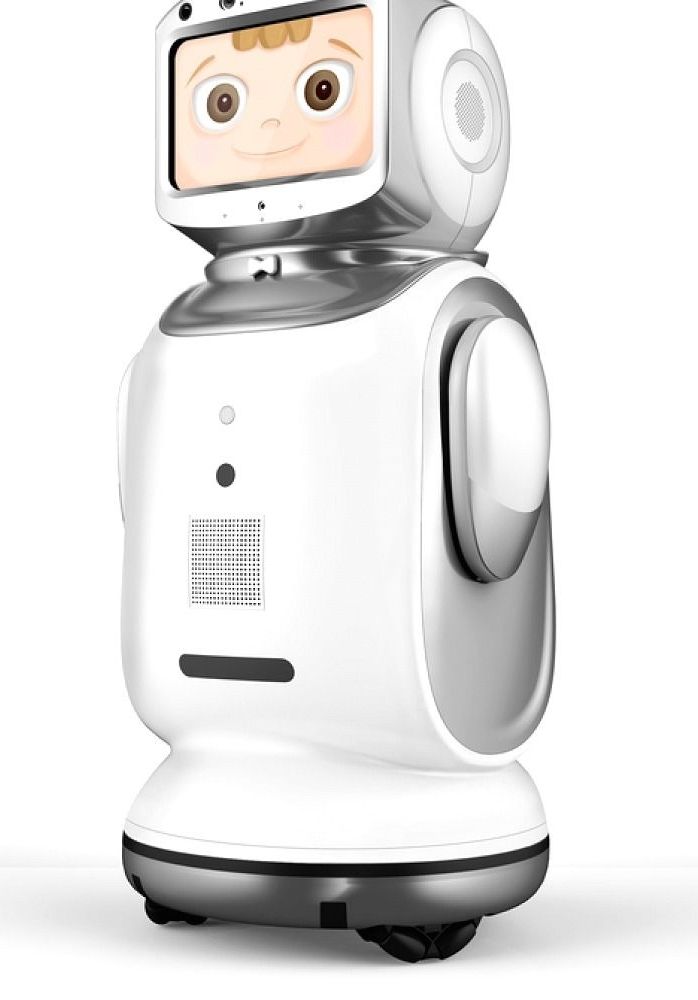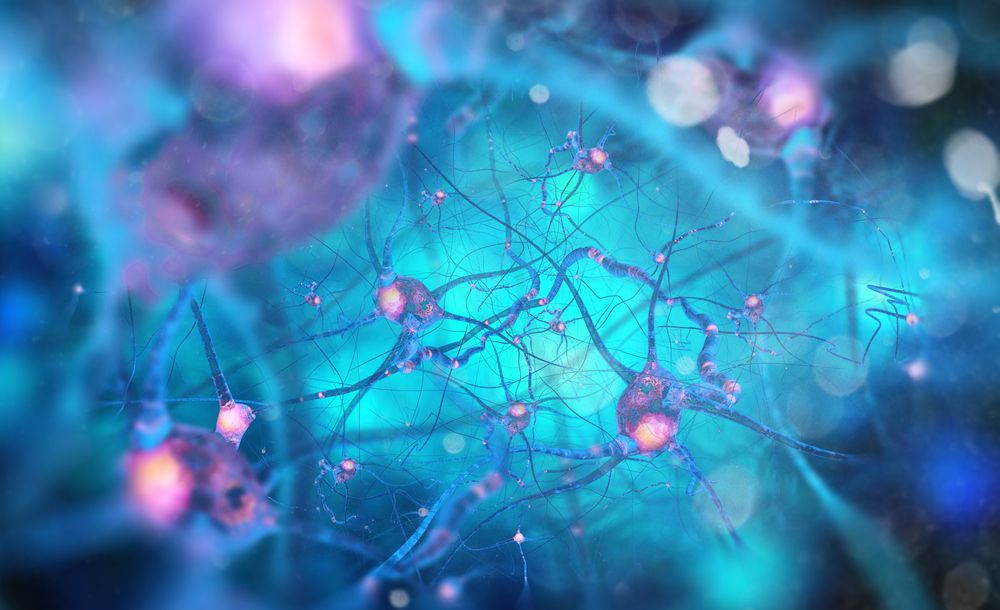Page 9209
Aug 31, 2017
Many longevity advocates wonder why the government does not seem to care about or fund life extension research
Posted by Steve Hill in categories: government, life extension
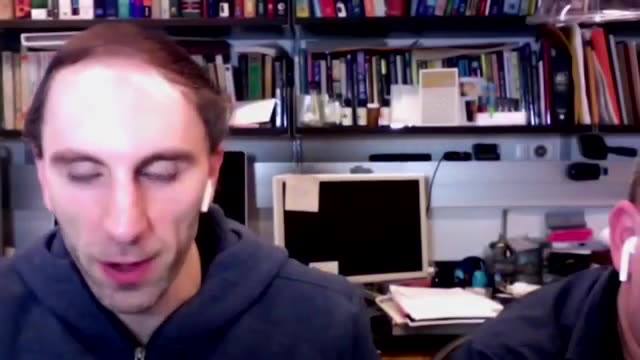
Dr. Aubrey de Grey gives his opinion on this, and explains how people can help support research at the SENS Research Foundation.
This video is presented by LEAF. Please support our work by becoming a “Lifespan Hero”: http://lifespan.io/hero
Panel: Dr. Alexandra Stolzing, Dr. Aubrey de Grey, Dr. Oliver Medvedik, Elena Milova, Keith Comito, Steve Hill and Alen Akhabaev.
Aug 31, 2017
AI Firm Focusing on Consciousness Publishes Frameworks
Posted by Philip Raymond in categories: alien life, cyborgs, robotics/AI, singularity, transhumanism

AI Firm Focusing on Consciousness FINALLY Publishes Full Frameworks
- August 28, 2017 by Corey Reaux-Savonte on LinkedIn
London-based AI start-up REZIINE has published the entire explanation and framework design for the creation of consciousness in machines.
“Consciousness Illuminated and the Reckoning of Physics” – a 525-page document – features:
- The full explanation of consciousness and the AGI framework, including all designs, components, and algorithms;
- The roadmap to Artificial Super Intelligence;
- The AI genome for self-evolution; and
- A full-scale physics framework, complete with experiments and explanations.
Describing the compact definition of consciousness as “the ability to make illogical decisions based on personal values”, founder, Corey Reaux-Savonte, goes on to say:
If consciousness is the ability to make illogical decisions based on personal values, …
Read the full story at LinkedIN
Aug 31, 2017
Social Experiment Known as Privacy Won’t Survive the Future
Posted by Mark Larkento in categories: economics, privacy
To help you understand the significance of this, in terms of cameras, we’re looking at 6 times more than the total number of our global population today. And in terms of sensors, we’re looking at 133 times more than the total number of our global population.
To quote economics theorist Jeremy Rifkin at length:
While privacy has long been considered a fundamental right, it has never been an inherent right. Indeed, for all of human history, until the modern era, life was lived more or less publicly, as befits the most social species on Earth. As late as the sixteenth century, if an individual was to wander alone aimlessly for long periods of time in daylight, or hide away at night, he or she was likely to be regarded as possessed. In virtually every society that we know of before the modern era, people bathed together in public, often urinated and defecated in public, ate at communal tables, frequently engaged in sexual intimacy in public, and slept huddled together en masse.
Continue reading “Social Experiment Known as Privacy Won’t Survive the Future” »
Aug 31, 2017
The Universal Basic Income: Why Finland Is Giving Away Free Money
Posted by Shane Hinshaw in categories: economics, government
The Finnish government is giving its citizens money, plain and simple. But what’s the catch? And will it work?
Aug 31, 2017
3D Printing Buildings on Mars Has Lessons for Back on Earth
Posted by Klaus Baldauf in categories: 3D printing, habitats, robotics/AI, space travel
At a test facility in rural Illinois, engineers fabricate structural segments for buildings. But instead of using typical assembly techniques, here at this dirt-floor arena with tightly controlled conditions, teams employ robotic nozzles to extrude domes, beams and cylinders using material chosen for its similarity to the regolith found on the surface of the planet Mars.
The activity comprises part of the 3D-Printed Mars Habitat Design Challenge, which focuses on how to go about building structures on Mars to eventually house human explorers. It’s a component of the NASA Centennial Challenges, a contest series that solicits the public to solve the practical problems of future space exploration. The third phase of the challenge, underway now, focuses on creating stable structural members using an additive manufacturing process based on basaltic rock geologically similar to what is found on Mars.
“This leg of the competition is focused on the materials, specifically the indigenous Mars regolith,” explains Tony Kim, deputy program manager for NASA’s Centennial Challenge. “All of the teams are approaching it differently.” Previous phases of the challenge focused on conceptual designs for habitats and proof-of-concept 3D-printed shapes. But this showdown emphasizes pure structural strength, as the 3D-printed cylinders, beams and domes will be subjected to loading until they fail.
Continue reading “3D Printing Buildings on Mars Has Lessons for Back on Earth” »
Scientists are considering whether the mysterious “force” accelerating the universe’s expansion changes with time.
Of late there’s been some scientific ado over a small but notable conflict in measurements of the universe’s expansion rate. The present rate, called the Hubble constant or H0 (pronounced “H-naught”), connects the redshift in an object’s spectra to its physical distance. It also tells us the universe’s age and size, as well as the density required to make the universe geometrically flat.
Aug 31, 2017
Meet the $2,800 Amazon Alexa-powered robot that can order you a pizza
Posted by Dan Kummer in category: robotics/AI
An Amazon Alexa-powered humanoid robot could be wheeling its way to a home near you.
Chinese technology firm Qihan launched the Sanbot Nano on Thursday equipped with Amazon’s voice assistant that is featured in its Echo speaker.
The 2.7 foot robot will go on sale in October for $2,800, and will be available in English and German. Those are the languages that Alexa currently understands.
Continue reading “Meet the $2,800 Amazon Alexa-powered robot that can order you a pizza” »
Aug 31, 2017
Untangling Alzheimer’s: From Beta to Inflammation to Tau
Posted by Steve Hill in categories: biotech/medical, life extension, neuroscience
If there was a poster child of aging diseases, it would be Alzheimer’s disease. The brains of people suffering from Alzheimer’s disease have deposits of amyloids resulting from the loss of proteostasis. Alzheimer’s disease is accompanied by the presence of amyloid beta protein and tau protein as well as large numbers of activated pro-inflammatory immune cells.
The debate about which is primary has raged for many years in the research world, and it is still not clear how these three elements combine to cause disease progression. A new study has attempted to untangle the mystery and suggests the order is beta amyloid, inflammation, then tau, and this study identifies new targets for therapies[1].
